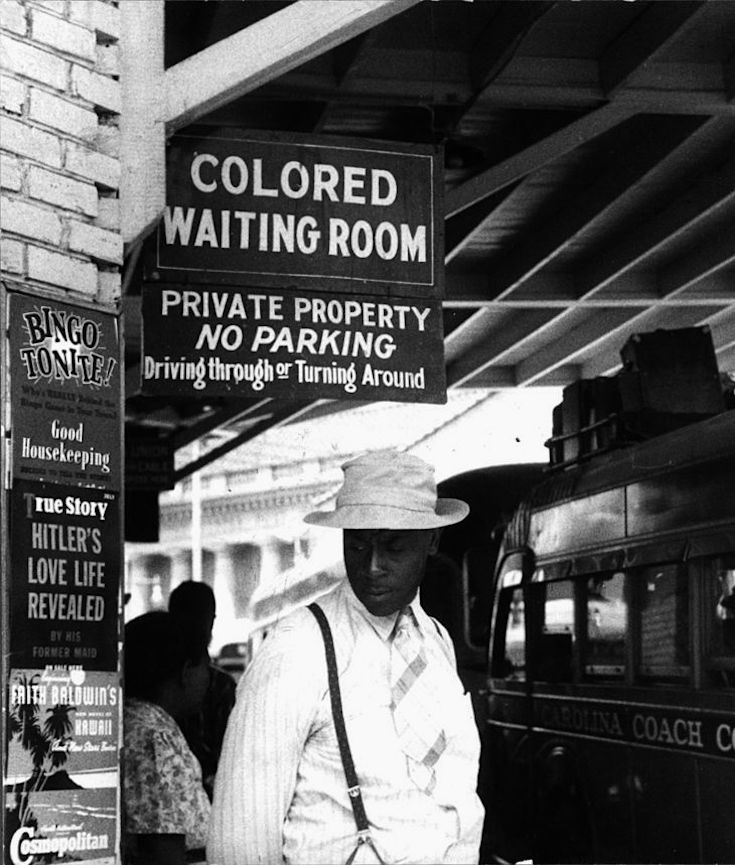Last Friday, Virginia Governor Terry McAuliffe restored voting rights to more than 200,000 people with previous felony convictions. It’s a momentous stroke in both scope and effect; with an eye towards the 2016 races, The New York Times estimated its electoral impact as “small but potentially decisive.” But the significance of McAuliffe’s efforts goes far beyond a single election. It instead marks an exorcism for one of Jim Crow’s last vestiges in Virginia’s state charter—and a reminder of how many of its legal aftereffects still linger today.
Many of Jim Crow’s most pernicious aspects were swept away in a Second Reconstruction of sorts during the civil-rights movement of the 1950s and 1960s. But those efforts had little effect on the criminal-justice system and its role in enforcing white supremacy, both in the South and beyond it. Disenfranchising people with criminal convictions was one of many vote-suppressing tools deployed in the state’s 1902 constitution, which was explicitly drafted and ratified to destroy black political power in the Old Dominion.
[mc4wp_form id=”6042″]


Jim Crow laws were state and local laws enforcing racial segregation in the Southern United States. Enacted after the Reconstruction period, these laws continued in force until 1965. They mandated de jure racial segregation in all public facilities in the states of the former Confederate States of America, starting in 1890 with a “separate but equal” status for African Americans. Facilities for African Americans were consistently inferior and underfunded compared to those available to European Americans; sometimes they did not exist at all. This body of law institutionalized a number of economic, educational, and social disadvantages. De jure segregation mainly applied to the Southern states, while Northern segregation was generally de facto—patterns of housing segregation enforced by private covenants, bank lending practices, and job discrimination, including discriminatory labor union practices. (Wikipedia).


You must be logged in to post a comment.